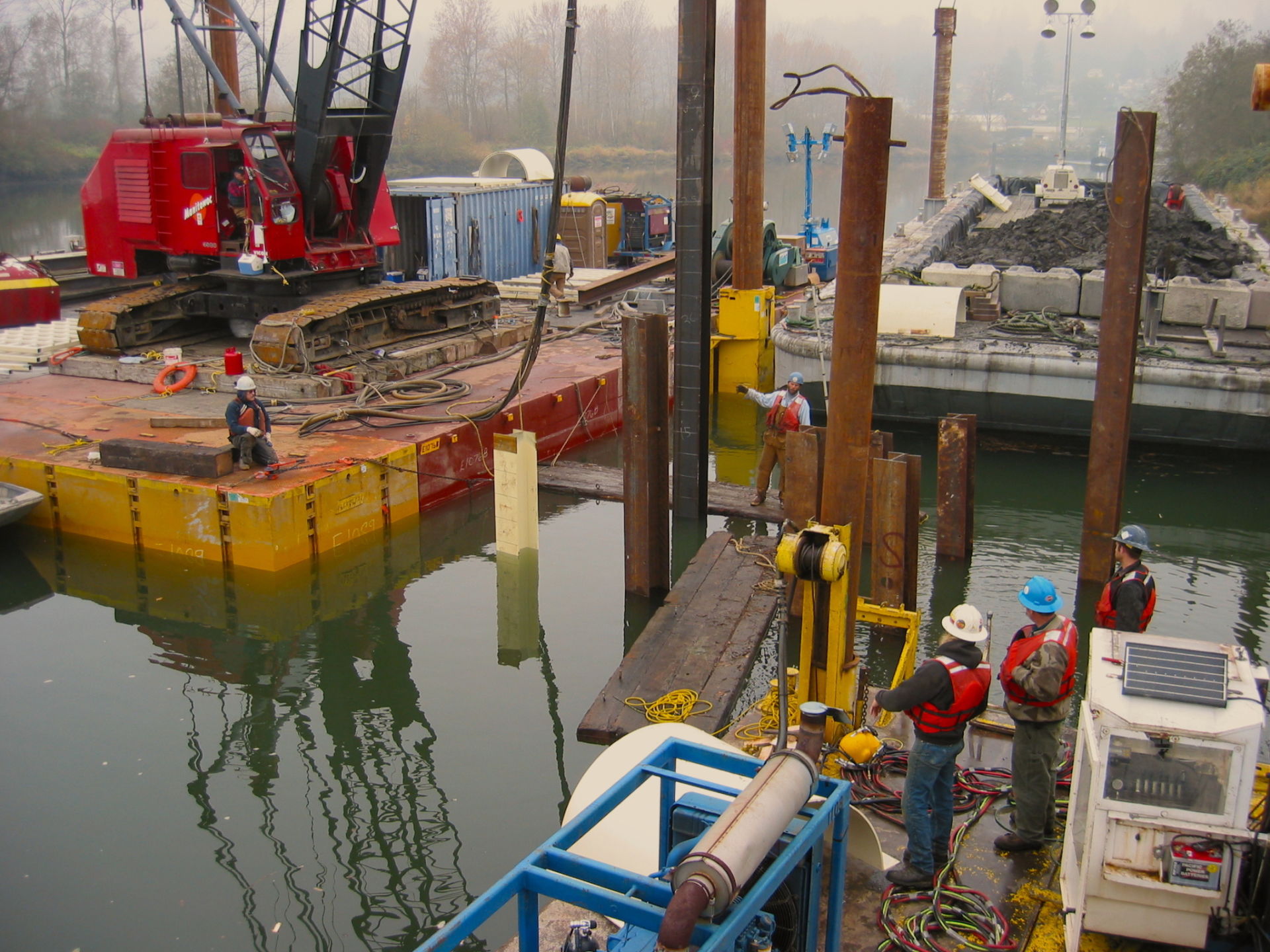Project size and complexity
Founder and President Emeritus Dr. Charles Greene managed large multi-year acoustic studies in the Alaskan arctic involving instrument development, field measurements, analysis, and reporting. Many of these projects required frequent interaction with clients as well as with other contractors, including vessel captains, seismic crews, construction crews, and environmental monitors. In 2000 and 2001, Dr. Greene managed development of the DIFAR-based Directional Animal Monitoring System (DAMS) and its installation, testing and operation aboard a military P-3 aircraft as part of the mitigation effort for shock trials of the USS Winston S. Churchill.
Passive acoustic measurements
Passive acoustic monitoring and measurement have been the primary business of Greeneridge Sciences since its first project studying beluga calls and icebreaker noise in the Canadian arctic in 1983. Aware of the scientific and regulatory impact of its measurements, Greeneridge places great emphasis on accuracy in the selection and calibration of its equipment, and in the design, testing and application of its analysis techniques. Greeneridge uses very little "canned software," preferring to develop its own analysis tools to have absolute confidence in the results. In its more than three decades of operation, Greeneridge has performed dozens of separate passive-acoustic monitoring projects, studying beluga, narwhal, and bowhead whale vocalizations as well as a wide variety of vessels and military and industrial underwater sound sources. These projects have required both attended and autonomous recordings from sonobuoys, hydrophones, geophones, and microphones in air, in open water, on ice, and under ice.
Arctic and subarctic marine experience
Our key personnel have among them over 100 years of experience working in arctic and subarctic marine environments. They are familiar with the demands of these environments, including extreme and unpredictable weather, profound tidal action, varying amounts and types of ice, steep short-period seas, and uncertain timing of sea-ice freeze-up and breakup. This experience allows Greeneridge to realistically plan and successfully execute projects in arctic and subarctic conditions.
Data handling and interpretation
Greeneridge handles thousands to tens of thousands of hours of acoustic data every year. To accommodate these data and the associated magnitude of analysis, Greeneridge has developed sophisticated data-handling methods using disk farms networked to multiple analysis workstations, remote networking, and cloud-based computing, across a variety of operating systems such as a Mac OS, iOS, Windows, and Linux.


